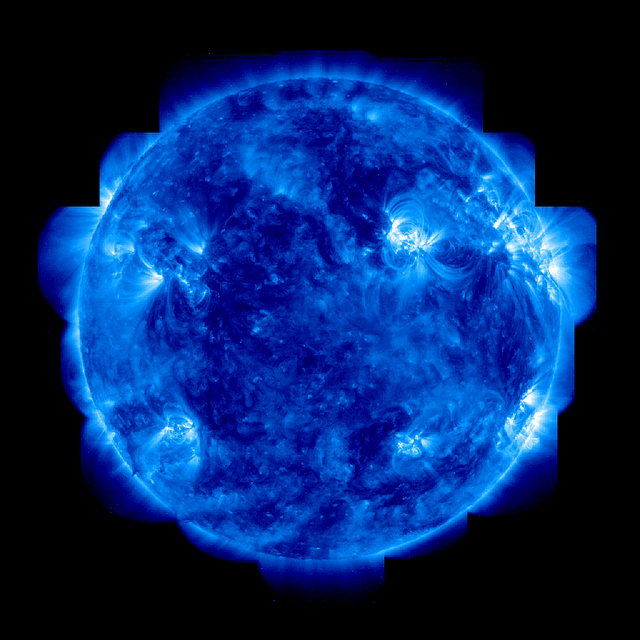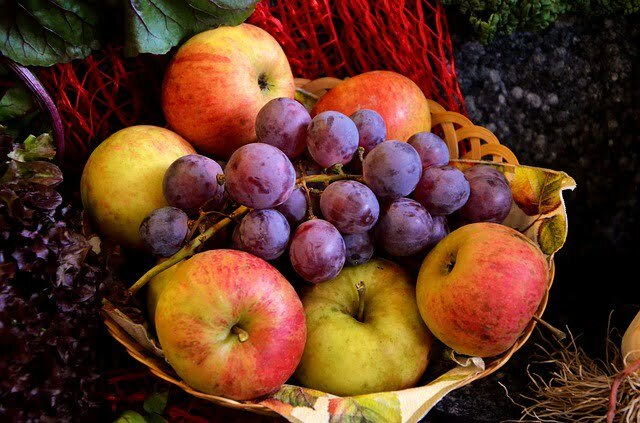 Ultraviolet C (UVC) light can kill food borne pathogens on the surface of certain fruits, a study led by an Indian-origin scientist at Washington State University shows.
Ultraviolet C (UVC) light can kill food borne pathogens on the surface of certain fruits, a study led by an Indian-origin scientist at Washington State University shows.
“UVC radiation is present in sunlight. It has germicidal properties and can be effective against bacteria, mould and viruses. However, it is completely absorbed by the ozone layer and earth’s atmosphere,” said Shyam Sablani, lead researcher and food safety specialist.
After learning from organic farmers and food processors about a lack of sanitising options, Sablani and his colleagues decided to explore UVC light. It has a shorter wavelength than ultraviolet A or B light.
UVC light, which cannot penetrate opaque, solid objects, can be effective in sanitising surfaces. The technology, which has been around for several years, has been used to effectively sanitise food contact surfaces as well as drinking water and contaminated air.
It works on micro-organisms by destroying nucleic acid and disrupting their DNA. But the light did not affect the chemical or physical quality of the fruit in the study.
Sablani and his colleagues exposed apples, pears, strawberries, raspberries and cantaloupe to different doses of UVC to determine how effective the pathogen-killing light was against a mix of strains of E. coli and listeria.
They found that the light can inactivate up to 99.9 percent of pathogens on apples and pears. However, listeria was more UVC resistant than E. coli.
“If you have smoother skinned fruit, then this technology is really great. If the fruits are very rough and if the level of contamination is low, it also works quite well,” Sablani said.
The UVC light inactivated 90 percent of pathogens present on rough-surfaced fruit. The study was published in the International Journal of Food Microbiology.

Rough surfaces of strawberries, raspberries and cantaloupe offer places where pathogens can literally hide, reducing the effects of UVC light. If bacterial contamination levels are high, then UVC technology alone may not be sufficient to achieve the desired level of effectiveness.
Sablani said research is underway to increase the effectiveness of UVC light on fruits with rough surfaces.


This is my first time go to see at here and i am truly impressed to read
all at single place.